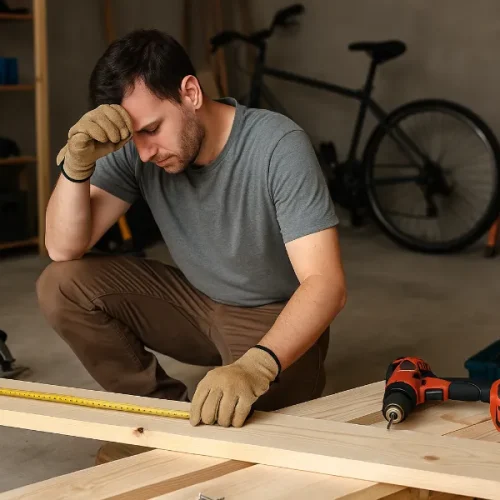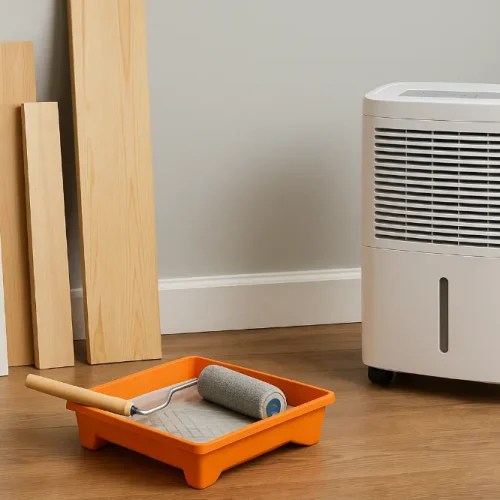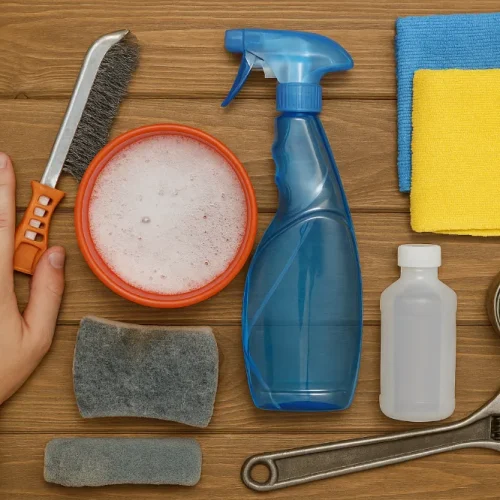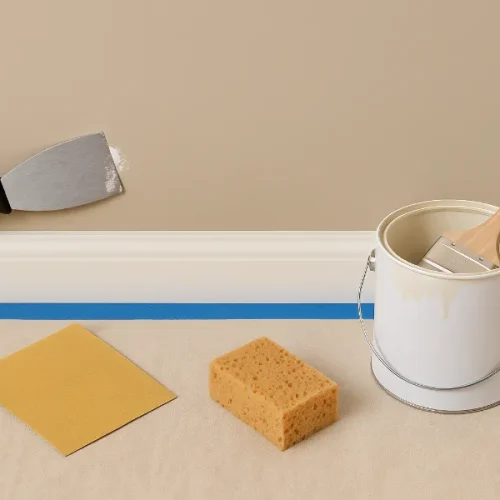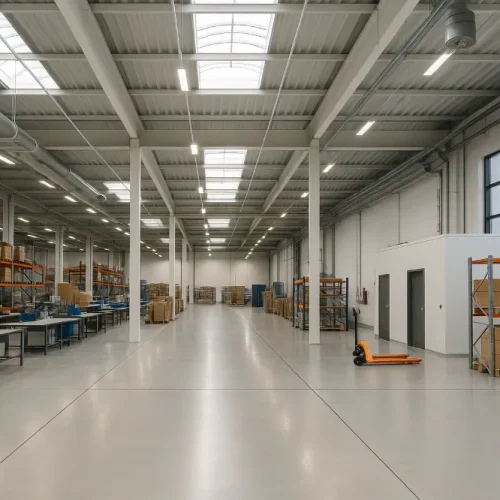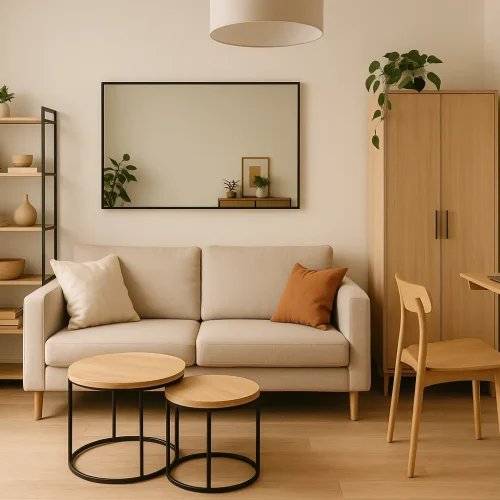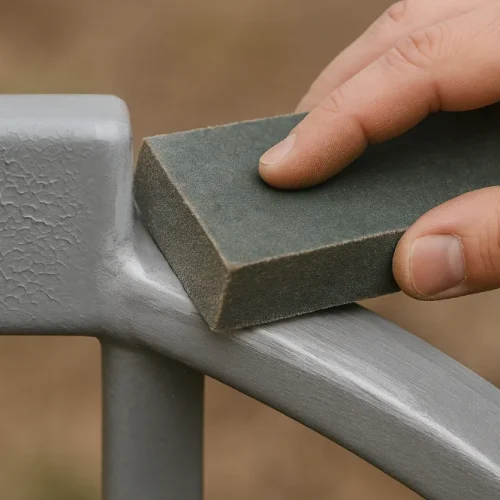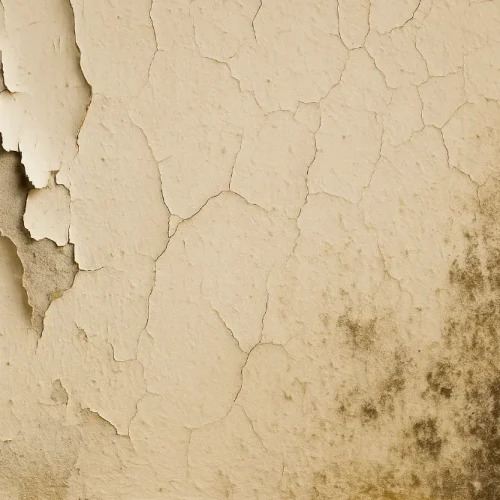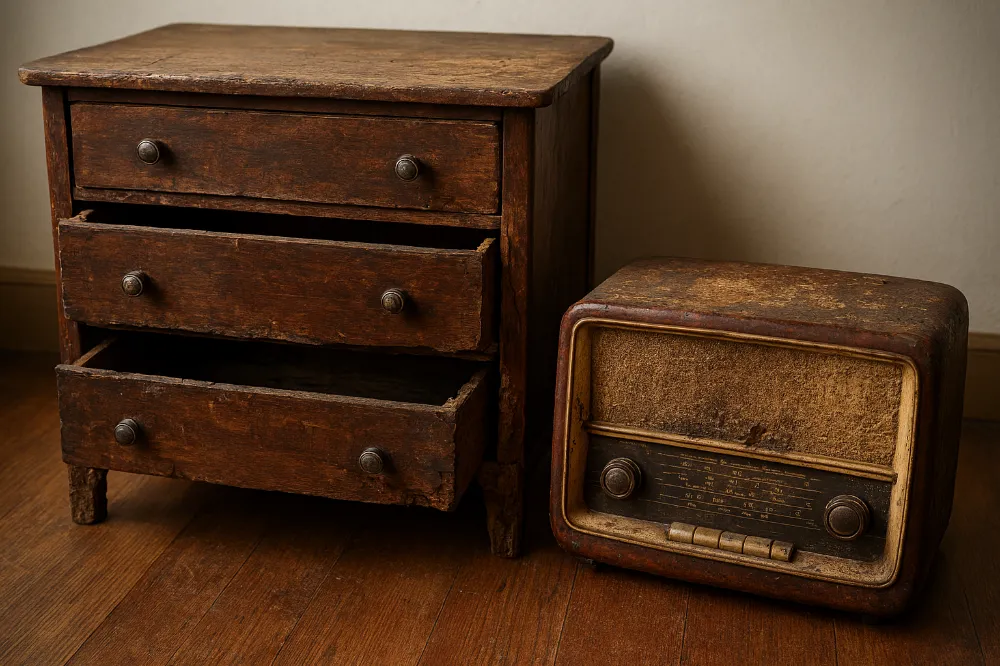
I’ve always believed that vintage restoration is one of those hobbies that doesn’t ask for permission before pulling you in. It just happens. You’re browsing through a dusty antique shop or helping a relative clean out a garage, and suddenly you’re standing in front of something old, charming, and beautifully flawed. You feel that pull. You convince yourself that you can rescue it, refresh it, maybe even revive its former glory. That’s the romantic part. The reality tends to show up much later usually after you’ve brought the piece home and started peeling back the layers. That’s when you realize vintage restoration is more than a hobby. It’s a journey filled with surprises, setbacks, and lessons you never expected to learn.
Hidden Damage You Don’t Notice Until You Get It Home
Every vintage restoration story begins with a moment of excitement followed by a dose of realism. Items that look perfectly fine in a dim corner of a shop can reveal a completely different truth once you get them home and inspect them under better light. Wood furniture can hide internal rot that isn’t visible on the surface. A dresser that feels sturdy when you test it quickly becomes wobbly once you remove the drawers. Old adhesives fail without warning, and joints that seemed tight suddenly loosen with the slightest tap. Electronics have their own way of surprising you. A radio may look well-preserved, but the wires inside crumble the moment you touch them. Rust often hides under cosmetic surfaces, quietly expanding underneath paint or chrome for years. You start realizing that vintage items aren’t just old they’re layered with decades of stress, neglect, and environmental wear. And every layer tells a story you have to solve before you can fix anything.
The Challenge of Matching Old Materials with Modern Options
One of the most frustrating parts of vintage restoration is trying to find materials that match what was originally used. Modern lumber doesn’t have the same density or grain pattern as old-growth wood, so even if you find the same species, the look is often completely different. Fabric is no easier to match because vintage textiles fade unpredictably over time. Sunlight, humidity, and dust all play a role in creating a color tone that no modern dye house can replicate perfectly. Paint and finishes are another obstacle. Older pieces frequently used pigments or varnishes that are no longer produced. Some items were coated in finishes that age into a color far different from their original tone. Stripping and refinishing becomes a delicate balance—you want to preserve the character without erasing the history. This constant push and pull makes matching materials feel like solving a puzzle where half the pieces changed shape over the decades.
Wrestling With Rust, Mold, and Years of Built-Up Grime
Few people realize how much dirt and residue old items accumulate until they actually start cleaning them. What looks like a rich, dark finish on an antique cabinet may turn out to be years of smoke residue or layers of oxidized furniture polish. Metal items are even trickier because rust loves to hide in seams, hinges, and threaded components. You might remove surface rust only to discover deeper pitting underneath. Mold and mildew present an entirely different issue. Vintage upholstery, old books, wooden trunks, and even small decorative pieces can harbor spores inside their fibers or cracks. These smells are stubborn, lingering for weeks despite cleaning, airing out, or treating with odor absorbers. According to the U.S. Environmental Protection Agency (EPA), managing mold effectively requires addressing moisture sources first, not just cleaning the surface. Their official guidelines reinforce how persistent mold can be and how easily it returns if you overlook a hidden moisture issue.
The Never-Ending Problem of Missing or Irreplaceable Parts
The moment you start disassembling a vintage item, you realize how many parts it’s missing or how many are damaged beyond use. Manufacturers decades ago often created custom hinges, knobs, springs, and fasteners that were never standardized. When those parts are missing today, finding replacements is almost impossible. You end up hunting through salvage bins, online auction sites, restoration groups, or antique fairs hoping someone has the exact match. Vintage electronics and machinery introduce even more frustration because many old items were never designed for repair in the first place. Motors were sealed, internal components were riveted together, and wiring systems followed standards that no longer exist. When a component breaks, you sometimes have to fabricate a new part entirely. The patience required for this type of restoration makes you appreciate how much engineering has changed over the years.

The Temptation to Over-Restore and the Risk of Erasing History
One of the biggest mistakes beginners make is over-restoring. It’s natural to want a piece to look clean, polished, and refreshed. But sometimes “too perfect” becomes the enemy. The original finish of an item—its patina, its wear, its softness—carries value. When you strip it aggressively or replace too many components, the piece loses authenticity and starts to resemble a modern reproduction.
This is where the concept of patina becomes important. Interestingly, the word patina even has its own presence in academic and cultural discussions, explored deeply in contexts like the natural aging of surfaces. If you want a more intellectual dive into the term, the Wikipedia entry on “patina” explains its chemical and aesthetic evolution, offering one of those “hard word” explorations you requested:
https://en.wikipedia.org/wiki/Patina
Understanding patina changes the way you restore vintage items. You stop trying to erase age and instead learn to preserve it thoughtfully.
The Safety Hazards Hidden Inside Old Items
Vintage restoration isn’t just messy it can be hazardous if you’re not careful. Many old items contain lead-based paint, especially anything manufactured before 1978. Sanding or stripping these finishes without proper protection can expose you to lead dust, which is dangerous when inhaled or ingested. Some vintage appliances were insulated with asbestos-containing materials, particularly items meant to withstand heat. Old wires become brittle, causing shorts, sparks, or electrical fires if you plug an item in without inspecting it first. Mold spores can become airborne when you open old upholstery or boxes. All these risks remind you that old items require respect. Restoration is rewarding, but safety comes first. Masks, gloves, eye protection, and proper ventilation are non-negotiable when dealing with aging materials.
Realizing Restoration Takes Far Longer Than You Ever Expect
If you think restoring a vintage piece will take a weekend, you’re in for a surprise. Every step takes time. Cleaning alone can take hours or even days. Removing old finishes requires multiple rounds of stripping and sanding. Repairs involving glue or epoxy demand proper drying and curing time. Replacement parts can take weeks to arrive, and custom fabrication takes even longer. You quickly learn that restoration is a slow craft. It teaches patience whether you asked for it or not. You can’t rush wood glue. You can’t rush paint drying. You can’t rush rust conversion. Everything has its own schedule, and your project becomes a quiet conversation between your expectations and the item’s natural pace.
The Emotional Highs and Lows You Don’t Expect
Restoring vintage items is emotional. You begin the project excited and full of optimism. Then you hit your first setback, and doubt creeps in. Something breaks unexpectedly, and frustration kicks you in the ribs. Then you solve a difficult problem, and the sense of accomplishment feels incredible. You form a connection with the item without realizing it. You spend hours getting to know its structure, studying its damage, understanding its history. With every cleaned surface and repaired joint, you invest a little more of yourself. And when the final result finally comes together, it feels personal. It feels earned.
The Shift From “Fixing” to “Preserving”
There’s a moment in every restorer’s journey when the mindset shifts. You start out thinking you’re going to fix something. But after working on enough pieces, you begin to understand that restoring something vintage isn’t about perfection or modernization. It’s about preservation. Preservation means honoring the original craftsmanship. It means keeping as much of the original material as possible. It means not overcorrecting or over polishing. You begin to appreciate the subtle character formed through decades of life something no modern item can replicate.
The Lessons Vintage Restoration Teaches You Over Time
Vintage restoration teaches you far more than how to fix things. It teaches patience because rushing usually leads to mistakes. It teaches problem-solving because no two pieces have the same issues. It teaches respect for craftsmanship because you start recognizing the skill that went into making things by hand. And it teaches humility because even experts get surprised by hidden damage or unexpected challenges. Over time, you discover that restoration is as much about understanding the past as it is about repairing the present. Every piece holds a story, and your job is to help that story continue, not rewrite it.

Final Thoughts: Challenging, Messy, Time-Consuming—But Always Worth It
Restoring vintage items is not simple. It comes with hidden damage, hard-to-match materials, stubborn grime, missing parts, safety risks, and emotional ups and downs. But despite all the challenges, there’s nothing quite like the satisfaction of bringing an old piece back to life. The moment you step back and see the transformation, you realize why people fall in love with this craft. You’re not just fixing something broken you’re saving a piece of history, one layer at a time.
FAQs
Hidden structural damage like internal wood rot, brittle adhesives, and corroded components is one of the most frequent issues restorers face.
Older items used woods, fabrics, and finishes that aren’t commonly produced today, making it difficult to match grain, color, or patina exactly.
You can use rust converters, gentle abrasives, or electrolysis, depending on the severity. Always remove loose rust first and treat the metal to prevent return.
Yes. Lead paint, mold, asbestos, and degraded electrical wiring can all pose safety risks. Proper PPE and ventilation are essential.
Musty odors come from mold, mildew, and decades of absorbed moisture. Airing out, deep cleaning, charcoal, or ozone treatments can help reduce the smell.
Not always. Over-restoration can remove valuable patina and reduce authenticity. It’s often better to clean and preserve rather than fully refinish.
Look for salvage pieces, restoration suppliers, specialty forums, or antique shops. In some cases, you may need custom-fabricated replacement parts.
It varies widely. Simple cleanups may take days, while complex refinishing, rewiring, or reupholstery can take weeks or months.
Check the structure, rarity, material quality, and the availability of replacement parts. Items with severe internal damage may cost more to restore than they’re worth.
Repair focuses on functionality, while preservation aims to maintain original materials and patina. Restoration ideally balances both approaches.




